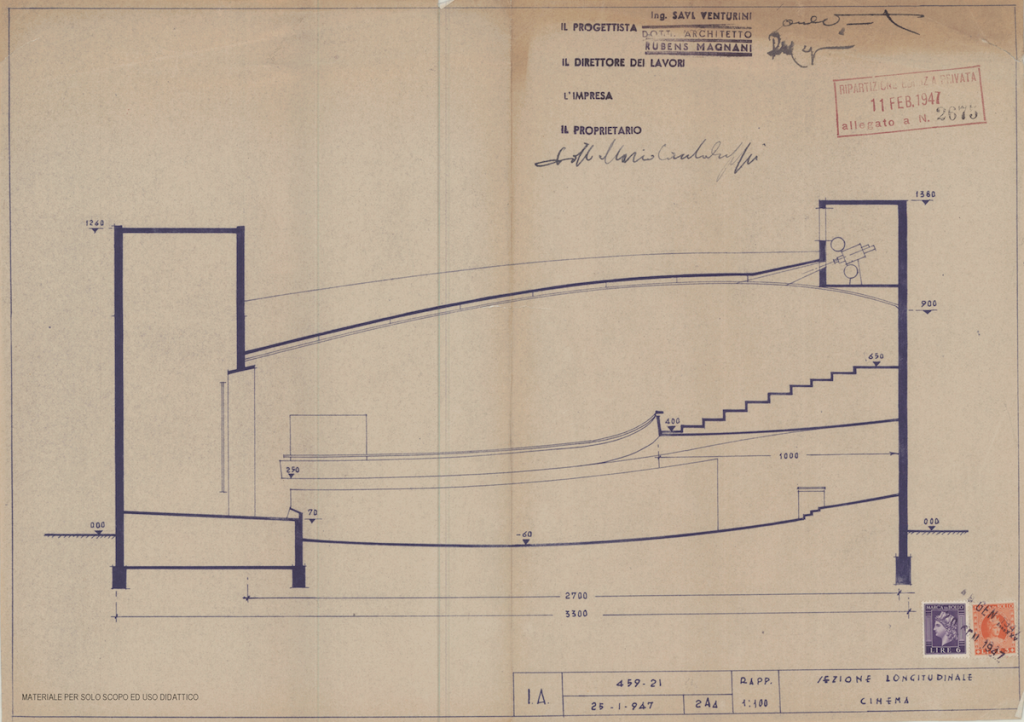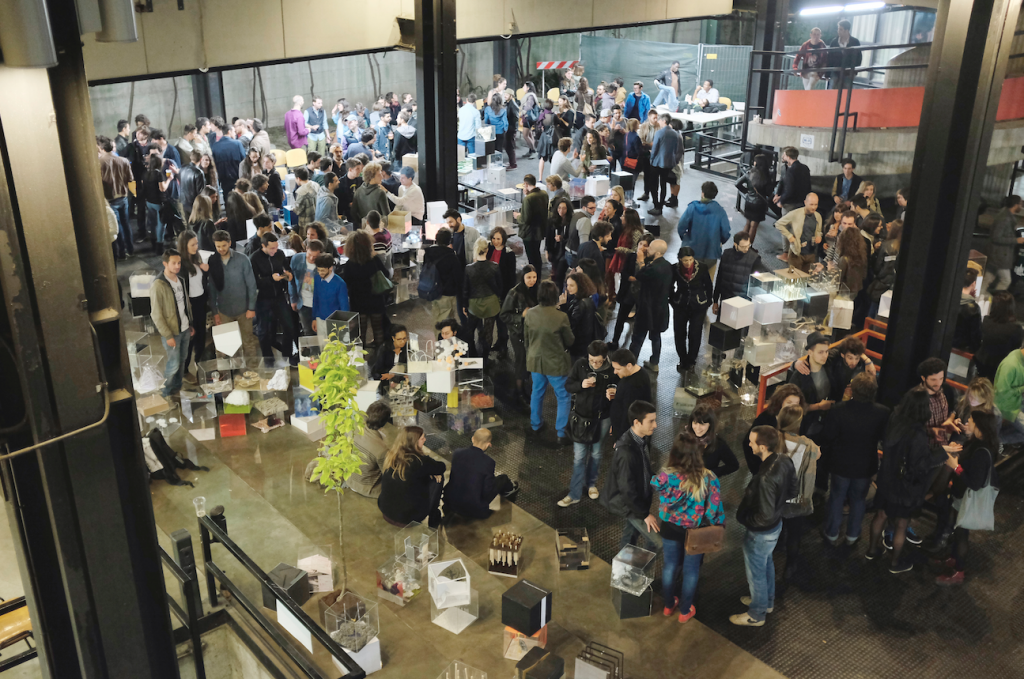Marcio Kogan, architect graduated from the School of Architecture and Urbanism at the University Presbiterian Mackenzie in 1976, is an honorary member of AIA (American Institute of Architects) and professor at Escola da Cidade. In 2013, He was considered by The New York Times critic, Paul Goldberger, one of the principal references of Brazilian Contemporary Architecture. Marcio leads the team of architects of studiomk27, which has nowadays projects worldwide, including Peru, Uruguay, Chile, United States, Canada, Spain, Portugal, Switzerland, India, Israel and Indonesia. The office represented Brazil in the Venice Biennial in Architecture, in the exposition at the national pavilion, where Marcio showed “Peep” – a video installation directed together with Lea Van Steen. This project retook his relation with cinema, which refers the firsts years of his career when he directed 14 short films and one long film, “Fogo e Paixão”.
Gabriel Kogan, architect and journalist, graduated for the School of Architecture and Urbanism from the University of São Paulo (FAU-USP), his research intersects narrative, history, art and design. He has been working at StudioMK27 since 2007 and is a collaborator at the daily newspaper Folha de S. Paulo. His Master thesis (developed at UNESCO-IHE, Netherlands) is an urban narrative about the history of floods in São Paulo. Between 2013 and 2014, Gabriel directed five short films together with Pedro Kok, screened worldwide. Recently, he coordinated the workshop “Building with Wood” (at Escola da Cidade, 2014) and the ongoing academic project “Filming Architecture” about cinematographic representation of architecture.
Studiomk27, located in the chaotic city of São Paulo, was founded in the early 80s by architect Marcio Kogan, and today consists of 29 architects as well as several collaborators worldwide. The team of architects, great admirers of the Brazilian modernist generation, seeks to fulfill the difficult task of rethinking and giving continuity to this iconic architectural movement. Since 2001, studiomk27 has won over 200 national and international awards, such as IAB (Institute of Brazilian Architects), São Paulo Architecture Biennale, WAF, Architectural Review, Dedalo Minosse, Record House, LEAF, D&AD, Spark, Barbara Cappochin, Iconic, AZ and Wallpaper Design Award.


